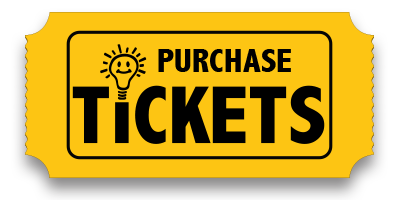Volcanoes!
A volcano is usually just a quiet mountain – until it blows its top! And then suddenly the floor is lava! Today we are exploring eruptions, explosions, and liquid rock. We have created activities that all have a Volcano theme. These activities include things that will help your child develop fine and gross motor skills, problem-solving and engineering skills, and can help them engage in cooperative play, while fostering creativity and perseverance. Each theme also comes with recommended literature and movie connections. Feel free to throw in your own activities that might relate, and don’t forget to post your results to social media and tag @discoverymuse to share with everyone else!
Art Activity/Fine Motor Activity – Build Your Own Volcano
For this activity, you’ll need to gather a small cylindrical container, play-doh or modeling clay, and a surface you can use to get messy!
Directions
- Place the cylindrical container in the center of your workspace. You may want to put this on a piece of cardboard, a cookie tray, a plate, or in a plastic container.
- Use the play-doh or clay to create a volcano/mountain shape. Volcanoes are created in layers, so you can build yours like that, too!
- If you don’t have play-doh handy, papier-mache is always a great messy way to recycle paper and build structures. Several quick and easy recipes can be accessed here.
- There are two major types of volcanoes. One is called a shield volcano, because it is flat and rounded, in the shape of a shield. This is because the lava that comes out of a shield volcano spreads out fast. Mauna Loa, an island of Hawaii, is a shield volcano.
- The other type of volcano is cone-shaped. They can be made of cinder or a composite of ash and lava. Cinder cones are the most common and the simplest, but the big ones that we typically think of are composite volcanoes. Mt Fuji, Mt Hood and Mt St Helens are composite volcanoes.
- Make sure to leave the cylinder in the center accessible. In other words, don’t cover the top of your volcano – because that’s where the lava comes out!
- If you’d like to let your volcano dry, set it somewhere it will remain undisturbed. You can even add paint to it to make it look like an official volcano!
Science Experiment – Create a “Volcanic” Eruption
For this activity, you’ll need to prep some vinegar, baking soda, some measuring spoons of various sizes, and have your volcano ready. You can also choose to do this without the volcano. Just prepare a cylindrical container for your mixtures. You may also want to have a towel handy!
- The first thing you want to do is decide on a measuring spoon to use for the baking soda and a different one to use for the vinegar. If you would like to place multiple spoonfuls in at a time, you may want to measure them out into a small bowl or dish.
- You will measure out your baking soda first and place that into the cylinder of your volcano.
- Prepare your vinegar. When you are ready for your first volcanic explosion, pour the vinegar in and watch it erupt!
- Here’s the science behind what just happened: During the reaction, when the baking soda is mixed with the vinegar, the baking soda (Base) takes a proton from the vinegar (Acid). The reaction causes the baking soda to transform into water (liquid) and carbon dioxide (gas).
- To continue experimenting, empty out your cylinder and dry it. Try changing your amounts for each ingredient. Will your volcano work better with 2 scoops of baking soda and 1 of vinegar? Or 1 scoop of baking soda and 3 scoops of vinegar?
- Make sure to clean up your experiment when you’re finished!
Physical Activity – The Floor is Lava!
Get some of those wiggles out while learning a little about volcanoes, lava, magma, and volcanic rocks!
- This game can be played on a variety of surfaces and requires minimal materials that can easily be substituted.
- Magma is liquid rock that is under the Earth’s crust, but we call it lava when it reaches the surface and comes out of a volcano. Lava can be over 1800° F, which means you definitely don’t want to step on it!
- Once lava hardens, it’s considered igneous rock and creates some unique colors and textures of rock. The most common are obsidian and pumice. Obsidian is shiny and smooth like glass. Pumice is brown, black, or gray rock and loaded with holes. In fact, it’s the only rock that floats!
- To play this game, you need to move around a space without stepping on the floor/ground. You can use anything (with permission!) as a “raft” of sorts to move from one location to another. This can include pillows, blankets, stuffed animals, couch cushions, frisbees, etc. You may even want to add things that move, such as skateboards for short distances.
- You can create a specific route (like getting from the couch to the dining room table) or make random announcements (blurting out “the floor is lava!” works very well) and require everyone to scramble to a “safe place” that is not touching the floor.
Conversation Starters and Research Questions

- May 18 was the 40th Anniversary of the Mt St Helens Eruption. It was one of the largest in recent times and resulted in a very large ash cloud that impacted much of the United States. Do you know someone who was alive then? Do they remember it?
- A person who studies volcanoes is called a Volcanologist. Would you want to get up close and personal with a volcano?
- There are many volcanoes that are currently erupting. Check out where there are current eruptions here.
- Crater Lake was created after a volcano erupted and literally “blew its top” causing a huge hole that is now filled with water. You can visit this national park virtually here.
- Pompeii was a city located near Mt Vesuvius in Italy. In 79 AD the volcano erupted but instead of lava, it spread ash all over the city. The city remained entombed for years. When archeologists began working on it in the 1700s they realized it was so well preserved they could tell exactly what was happening on the day of the eruption! Today it’s a UNESCO World Heritage Site. Imagine what your town would look like if it was preserved. What would archeologist find?
Videos and Websites
- Printable Volcano Coloring Sheet – with labels!
- The “Floor is Lava” Play Pretend video
- Explore Volcanoes with NatGeo Kids video
- Introduction to Volcanoes for Kids video
- The Lost City of Pompeii NatGeo Kids website
- History of Crater Lake Kids Discover website
- Volcano The Dr. Binocs Show video
Movie/Literature Connection:
Because we know you’re stuck at home with limited access to movies and books, we tried to compile a list that connects to today’s theme that you might already have in your collection or be able to access online. These include:
Movies:
- Alvin and the Chipmunks: Chipwrecked
- Nim’s Island
- Moana
- Lava
- Journey to the Center of the Earth
Books:
- Pete the Cat and the Supercool Science Fair by James Dean & Kimberly Dean
- What is a Volcano? By Chris Arvetis and Carol Palmer
- Volcano! by Marion Dane Bauer
- Volcano Rising by Elizabeth Rusch
- National Geographic: Volcanoes! by
- Magic Treehouse Vacation Under the Volcano by Mary Pope Osborne
- Magic School Bus Blows its Top! by Gail Herman and Joanna Cole
- Going to the Volcano by Andy Stanton
- My Mouth is a Volcano by Julia Cook
- Pompeii Buried Alive by Edith Kuhnhardt


